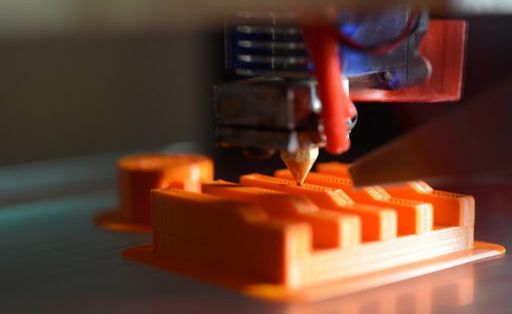The unforeseen detrimental effects of 3D printing on human health, despite being invented 30 years ago, are not typically known.
According to a study by the Environmental Protection Agency, most people are unaware of the chemical exposures that occur during 3D printing, particularly the quantity of volatile organic compounds (VOCs) that are released and how filament compounds affect such concentrations.
The air quality indoors may be adversely affected by 3D printer particles, which also may be harmful to respiratory function. If you’re in the 3D printing business now is the time to ask what measures you can take to protect yourself.

Contents
Air Filtration
The National Institute of Applied Sciences in France and the Illinois Institute of Technology (IIT) found that the tiny plastic 3D printing components have a diameter of fewer than 100 nanometers. They are more likely to be swallowed and go into the airways and central nervous system because they are so small.
Alveo3D offers air filtering solutions with activated carbon specifically designed for 3D printing keeping in mind the ultrafine size of nanoparticles produced in this practice. An added benefit is that you can find enclosures for your 3D printer on their website.
Lower-emission Machinery
The best places to get printing technology are from reliable companies that designed the machine with health and emission levels in consideration. There is now a standard that proves a machine has been engineered to produce fewer pollutants.
Ensure that they adhere to the ANSI/CAN/UL 2904 Compliance Standard. Additionally, attention must be paid when selecting the filaments. Some filaments emit more, and some emit more harmful emissions.
3D Printing PPE
When using or working close to 3D printing machinery, personnel can use PPE as their first line of protection against the numerous risks they may encounter.
Accordingly, ensure that each worker has the appropriate PPE, is aware of its significance, but also remembers how to appropriately wear them.
In the industrial field, these are the things that comprise a proper PPE kit for 3D printing.
- Fit-Tested Respirators
- Neoprene or Nitrile Gloves
- Splashproof Eye Protection
- Chemical resistant coveralls
Be Wary of Scraper Blades
Almost any scraper blade incision could result in a serious infection because scraper blades are contaminated. Hence, be sure to remove excess from the fingertips at all times. If you want the prints to stick less firmly, always choose a high-quality print area while wearing safety gloves and placing both hands behind its scraper blades. Whenever handling scraper blades to scrape completed 3D prints, tread cautiously and resist applying unnecessary pressure.
Steer Clear Of Pinch-Point Injuries
You run the risk of suffering pinch-point wounds when you are not mindful of the dynamic motions in three-dimensional space made by the 3D printer. Unless you are cautious while operating a 3D printer, its progression could severely pinch your fingers. If you’re pretty certain it isn’t printing, hold off on touching your 3D printer. Before printing, always put on a decent pair of safety gloves.
Last Words
As sophisticated pieces of equipment, 3D printers have precautionary measures that each user must observe. Don’t forget safety precautions when 3D printing to prevent mishaps that could occur while using the abovementioned equipment.
